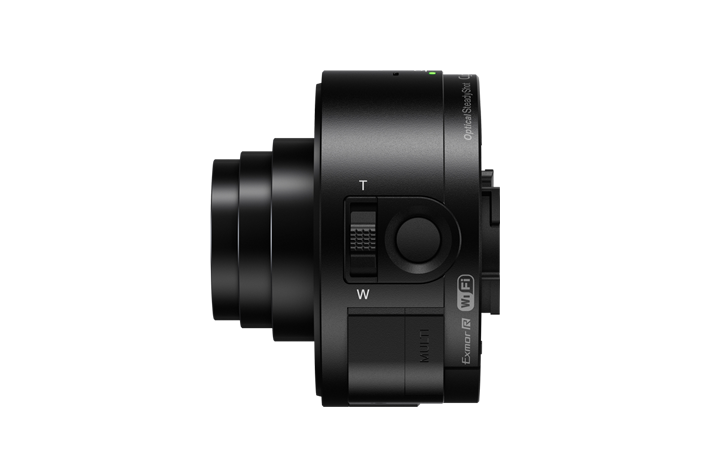So it recently has been discovered that Samsung has implemented a new policy with its mobile phones requiring the devices to be locked to a specific region and only SIM cards from those regions can be used in those devices. A few people who have purchased the Galaxy Note 3 have noticed the folowing labels on the boxes that their phones came in.
Unfortunately what this means is that if you purchase a Samsung device in say Europe you can not use SIM cards from carriers outside that region. Samsung Germany has apparently already responded to this issue stating it effects all phones sold after July 2013 and is applied to Galaxy S2, S3, S4, Note 2 and 3 models.
While the geographic regions are quite large with Europe covering all of Europe and the American region covering Canada, the U.S, Mexico and all of Latin and South America this means that purchasing a phone from another region to use outside that region won't work.
Samsung will allow the device to be unlocked to be used in a different region if its brought to one of their service centers for free but thats not the point here. Currently none of the other OEMs (BlackBerry, HTC, LG, Motorola, Apple, etc) have any similar policies on the purchase of their phones.
What exactly is Samsung attempting to do with this policy? Are they trying to control the market of international devices being sold globally or is this Samsung's way of forcing customers to purchase devices from their specific area. In the case of the Galaxy S4 and Note 3 depending on which area or country you live in determines which version of those devices you get. In the case of the Galaxy S4, there are three versions of that phone; one with a Snapdragon 600, one with a Exynos 5 Octa processor and in some markets a LTE-Advanced model with a Snapdragon 800 chipset. Depending on your market you get one of the three versions of that phone. The Same applies for the just announced Galaxy Note 3 as currently there are two versions; one with the Exynos 5 Octa and one with a Snapdragon 800.
As of right now XDA is unsure of if this region lock can be cracked without Samsung because its completely different from a SIM lock some carriers put on phones. You can view the XDA thread here http://forum.xda-developers.com/showthread.php?p=45908977#post45908977
I personally have been a huge fan of Samsung and have owned numerous phones, a tablet and heck im writing this post using a Samsung laptop but hearing news of this region lock has made me reconsider my thoughts on Samsung. They are a great company, offer amazing products but as of lately ever since they decided to have 3 CEOs running their corporate end of things they have made a ton of bad decisions that have hurt them. Galaxy S4 sales have not been that strong due to the fact Samsung offers multiple versions of it, they lost a considerable amount of money this year when market annalists downgraded the value of the company due to potential weak sales. I just don't get why Samsung would enforce such a ludicrous policy on their phones. Just yesterday I had checked out the Galaxy Note 3 and considered buying it but after learning of this policy im not sure if I want to. I have reached out to Samsung for a comment on this ridiculous policy and ill provide an update if I get an answer. ~Mathew
UPDATE: Android Central discovered Samsung's region lock policy isn't as bad as everyone originally thought. While the devices are locked to a specific region once they are activated with a valid SIM card from that region the lock is released.
Samsung has also released a statement about the controversial policy.
"In order to provide customers with the optimal mobile experience in each region including customer care services, Samsung has incorporated the ‘regional SIM lock’ feature into Galaxy Note 3 devices. The product is only compatible with a SIM-card issued from a mobile operator within the region identified on the sticker of the product package. When the device is activated with a SIM card issued from the other region, the device may be automatically locked until it is released at the dedicated service centre.Once a device is activated normally, the regional SIM lock is automatically released. Users can enjoy the roaming service as usual and can use other region’s SIM card when travelling. The regional SIM lock has been applied to the Galaxy Note II and Galaxy S4 devices through a software update in selective markets. The regional SIM lock does NOT affect the device’s features and performance. Users can continue to enjoy all the advanced features of our products."



















.png)































